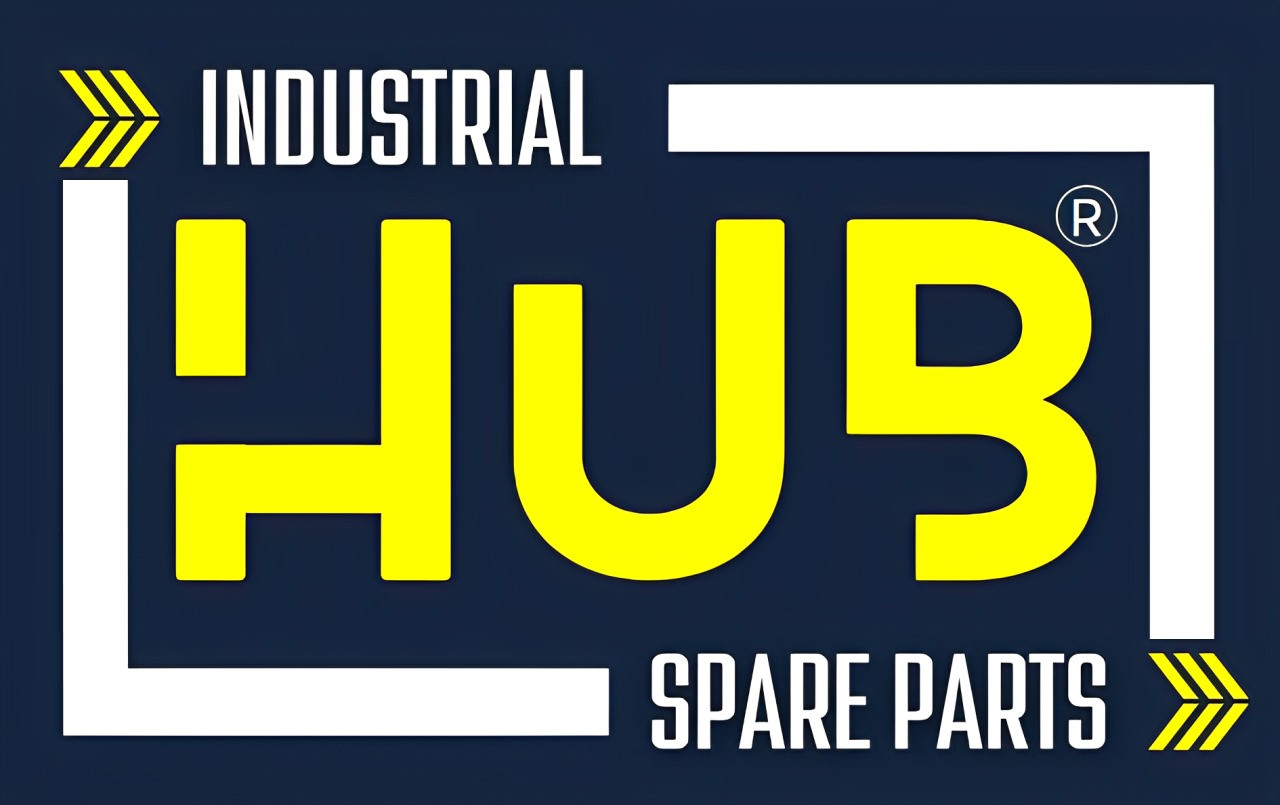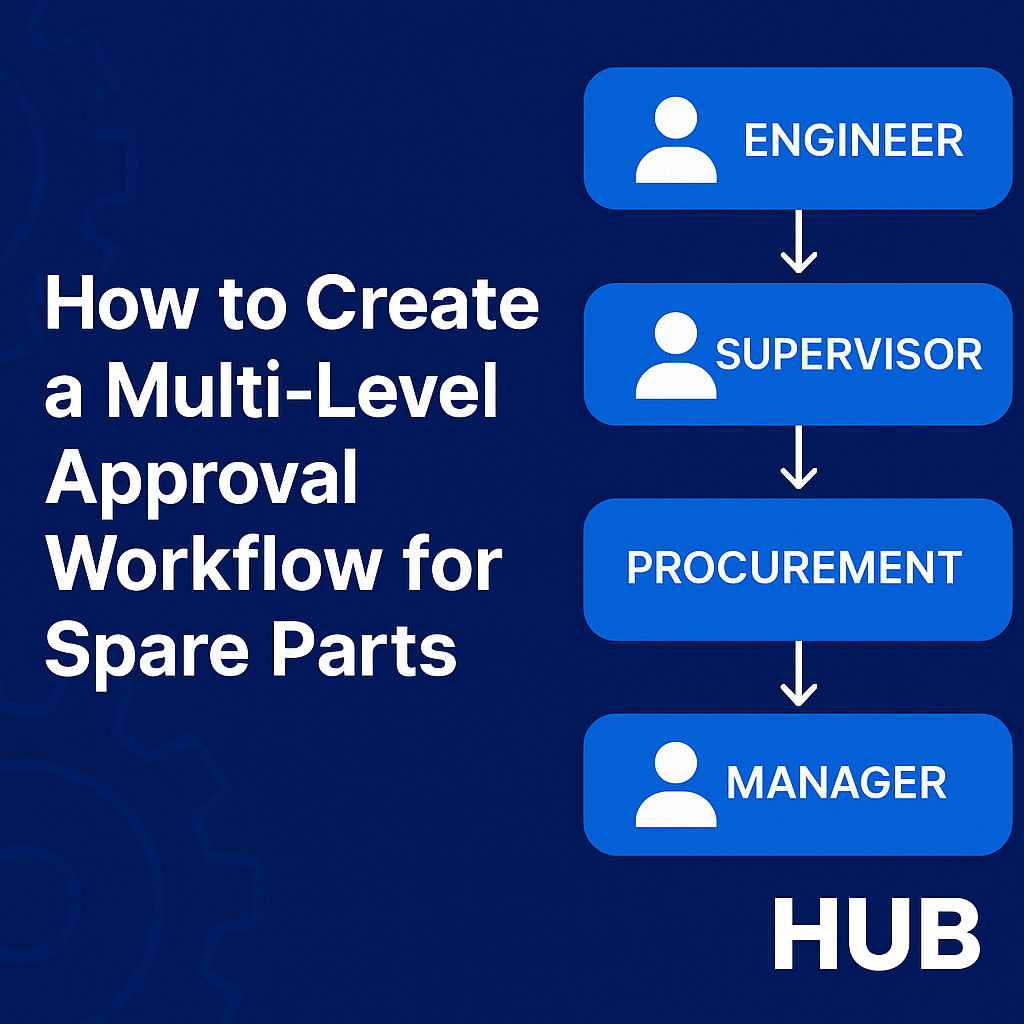No Item in Cart
How to Create a Multi-Level Approval Workflow for Spare Parts
Introduction
If your spare parts procurement process still runs through WhatsApp messages or untracked spreadsheets, you’re exposing your business to budget risks, mismatched orders, and accountability issues. A structured, multi-level approval workflow can eliminate those risks — giving you control, traceability, and confidence in every purchase decision.
In this post, we’ll explain how a smart approval structure works and how HUB’s role-based request system enables you to implement it effortlessly.
🔁 Why You Need a Structured Spare Parts Approval Workflow
Without a formal workflow:
- Any user can request or order without oversight
- Budget overruns and unauthorized purchases become common
- Technical mismatches occur (wrong specs, incompatible parts)
- There’s no traceability if something goes wrong
A multi-level workflow fixes this by assigning roles and steps in the process, making approvals systematic, traceable, and accountable.
🧭 How a Multi-Level Spare Parts Workflow Works
Here’s a standard 4-tier model used by engineering-driven teams:
🔹 Level 1: Request Initiation (Engineer/Technician)
Engineers initiate requests based on operational need or maintenance plans.
They can attach fault reports, machine numbers, or BOM.
🔹 Level 2: Technical Review (Maintenance Supervisor)
Confirms need, checks alternatives, verifies part number or compatibility.
🔹 Level 3: Budget Approval (Procurement/Finance)
Ensures the request fits within the budget or requires special allocation.
🔹 Level 4: Final Authorization (Department Head or Plant Manager)
Approves high-value items, critical spares, or urgent bypass requests.
🧠 How HUB Makes This Workflow Seamless
✅ Role-Based Access
Users are assigned roles (Engineer, Supervisor, Buyer, Manager) with permission levels that match your organization chart.
✅ Digital Approval Chain
Each request passes through the proper workflow — digitally tracked, timestamped, and transparent.
✅ Comments & Justifications
Each approver can leave notes, request revisions, or reject with reasons — improving collaboration and auditability.
✅ Notification System
Stakeholders are alerted when action is needed — keeping requests moving and avoiding bottlenecks.
✅ Integration with Inventory & Vendor Data
Approvers see stock levels, previous purchases, supplier options, and prices — so decisions are informed, not rushed.
💡 Pro Tip: Customize Your Workflow
- Not every plant needs the same number of layers. HUB lets you:
- Add or remove levels
- Set different flows for critical vs. non-critical items
- Apply rules based on value thresholds or departments
✅ Conclusion
An unstructured procurement process increases your risk and wastes time. A multi-level approval workflow — especially when implemented through HUB — ensures that every request is valid, approved, and aligned with both operational and financial goals.
🔗 Start Building Your Workflow in HUB: www.HUBspareparts.com
🔗 Book a Free Demo with a HUB Consultant: WhatsApp chat














